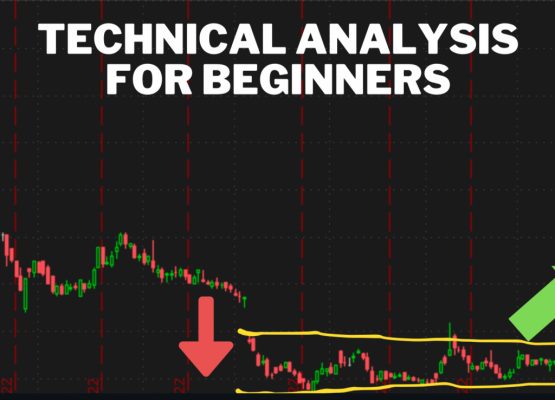As we step into the second quarter of 2024, the U.S. stock market presents a landscape marked by cautious optimism, navigating through the intricate dynamics of economic indicators, corporate earnings forecasts, and the geopolitical environment. The comparison between modest GDP growth expectations , amid a backdrop of evolving consumer behavior and fiscal policies offers a nuanced tableau for investors and analysts alike.
Economic Growth and Consumer Behavior
The U.S. economy is anticipated to experience a deceleration in GDP growth throughout 2024, following a phase of normalization in the previous quarters. Factors that improved GDP growth in 2023, including consumer spending and fiscal stimulus, are expected to wane, with high interest rates beginning to exert more pronounced effects across various sectors, notably commercial real estate.
Additionally, a projected slowdown in consumer spending, attributed to dwindling savings, along with an inclination towards increased savings rates, could further decrease economic growth. This shift in consumer behavior is pivotal, considering its significant role in sustaining GDP growth in 2023 through reduced savings rates below pre-pandemic levels.
Labor Market and Inflation Outlook
The labor market, while showing resilience, is expected to see a gradual slowdown in job growth. This trend aligns with the broader economic slowdown, with implications for both unemployment rates, which are forecasted to see a mild uptick, and wage growth dynamics. Interestingly, wage growth indicators suggest a potential realignment towards levels consistent with a 2% inflation target, reflecting a delicate balance between labor market conditions and inflationary pressures.
Stock Market Dynamics and Investment Strategies
As we navigate through 2024, the interplay between election year dynamics, corporate earnings expectations, and the Federal Reserve’s monetary policy stance remains critical. Historically, U.S. stock performance in election versus non-election years shows little difference in full-year price returns. However, the trajectory to these returns varies, highlighting the influence of political cycles on market sentiment.
Corporate discussions around the election appear subdued, with a notable focus on sectors like green energy, where election outcomes could significantly impact regulatory and incentive frameworks. This selective approach to investment, considering both short-term political landscapes and long-term secular trends, underscores the importance of discerning investment strategies in the current market environment.
Market Valuations and Expectations
The market’s rally at the end of 2023 has led to heightened valuations, raising concerns about the sustainability of stock prices and the potential for market corrections. With the S&P 500’s forward price/earnings ratio witnessing a significant increase from the previous year, investors are advised to recalibrate their expectations and portfolio strategies. Emphasis is placed on balance, advocating for diversified investments across sectors such as financials, industrials, utilities, consumer staples, and healthcare, which may offer more stable returns amid prevailing uncertainties.
Fixed Income and Global Markets Perspective
The global fixed income landscape has seen a transformation, with the era of negative-yielding bonds coming to an end. This shift signifies a new phase for bond markets, influenced by central banks’ responses to inflation and macroeconomic volatility. Investors are encouraged to adopt a selective approach, balancing between high-yield credits and emerging market debts, to navigate the evolving interest rate environment and its implications for bond yields and credit spreads.
In summary, the U.S. stock market in 2024 is characterized by a confluence of factors requiring both careful analysis, along with strategic awareness. From economic growth and labor market dynamics, to market valuations and investment strategies, investors are tasked with navigating a complex landscape.
Amid these transitional times, a balanced and informed approach, grounded in a deep understanding of both macroeconomic indicators and sector-specific trends, will be important considerations for navigating the challenges and opportunities that lie ahead.



